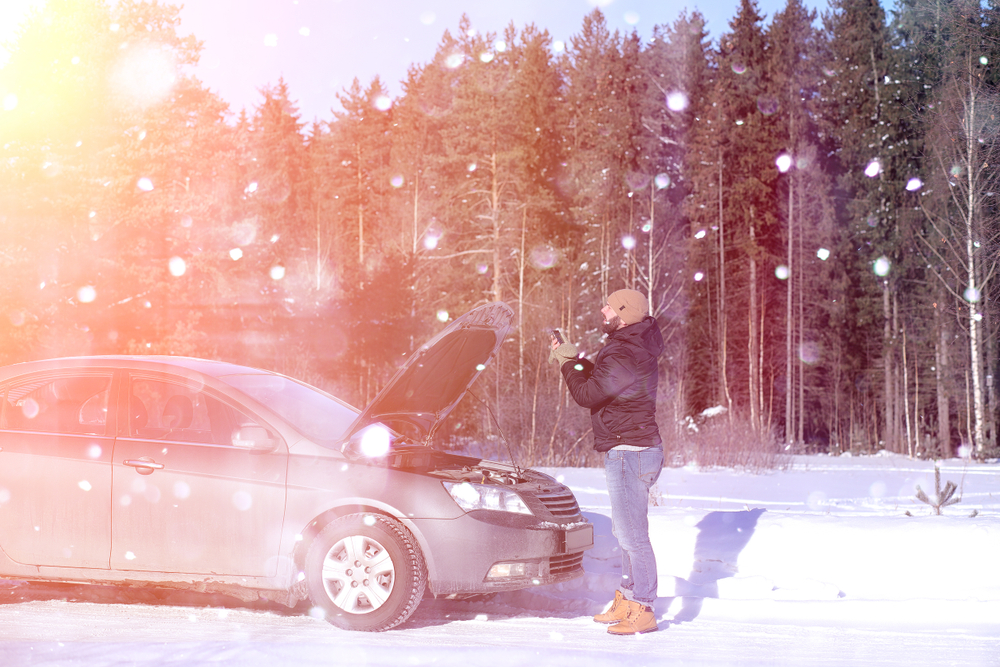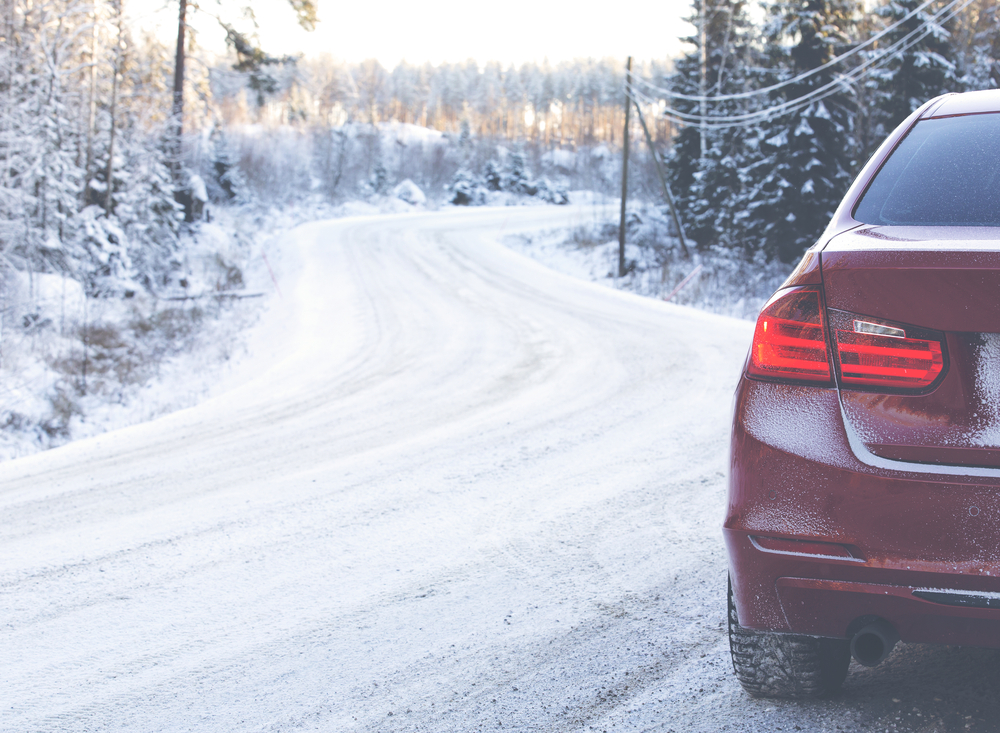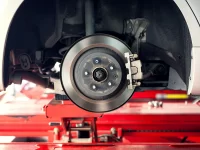How to Solve the Common Car Issues of Winter

The cold temperatures and harsh elements of winter can cause all sorts of havoc for your vehicle. Many of these issues reduce the performance of your car, which increases the likelihood that you break down and are stranded somewhere, the likelihood that you get in a wreck, and the likelihood that you lose control of your vehicle while driving. In order to help solve and prevent these common car problems that plague drivers during the winter months, take a look at the following tips…

The Cold Weather Drains Your Battery
A dead battery is probably one of the most common problems people face during the winter. This is because cold temperatures put an extra strain on the battery, causing it to give out easier. To help prevent a dead battery, make sure you regularly check the battery cables for corrosion and the battery fluids to ensure they are at the proper levels. It’s also important to keep track of how long you have been using your battery. Typically, batteries last from 3-5 years. By replacing it regularly, you can prevent getting stuck on the side of the road when it eventually dies.
If you do find yourself with a dead battery, you can help your situation by making sure you have jumper cables in your car as well as a phone number for roadside assistance.
Dealing with Low Tire Pressure
The dropping of temperatures will also cause the pressure in your tires to decrease. Low tire pressure causes your car to have problems handling winter conditions on the road (such as ice or snow) as well as decreasing your fuel economy. Regularly check your tire pressure (keep an inexpensive tire pressure gauge in your glove compartment) to make sure it’s at the manufacturer’s recommendations for your car (found on a white sticker on the side of your driver’s door as well as in your car manual). When it drops below that pressure, take it to your local gas station and add air until it has returned to the proper level.

Frozen Windshield Wipers Are Ineffective
In freezing temperatures, the rubber on the blade of your windshield wipers can easily find itself frozen to your windshield. To prevent this from happening, make sure your wipers are turned off before you turn off your car so they stay in the resting position. If you know temperatures are going to drop below freezing, raise your wipers upright so they no longer touch your windshield.
If you find your wipers frozen, the worst thing you can do is try and pry them off. This can damage the wiper and cause the rubber to stick to your windshield. Instead, turn on your car and activate your car’s defrost setting. While the window is defrosting, remove all excess snow and ice from your windshield with a scraper. Once your window is warm, the blades will naturally unstick from the window.
Get a Jump on Winter
One thing that you might notice about each of these common issues is that you don’t have to wait until they happen to solve them. Indeed, frequent car maintenance and some forethought before winter arrives will actually mitigate many of the issues that the cold weather will cause. For this reason, you should take the fall months to actually prepare your car for winter. This article here has some great tips you should follow to do just that! Check for Garage Door services in Maryland.







